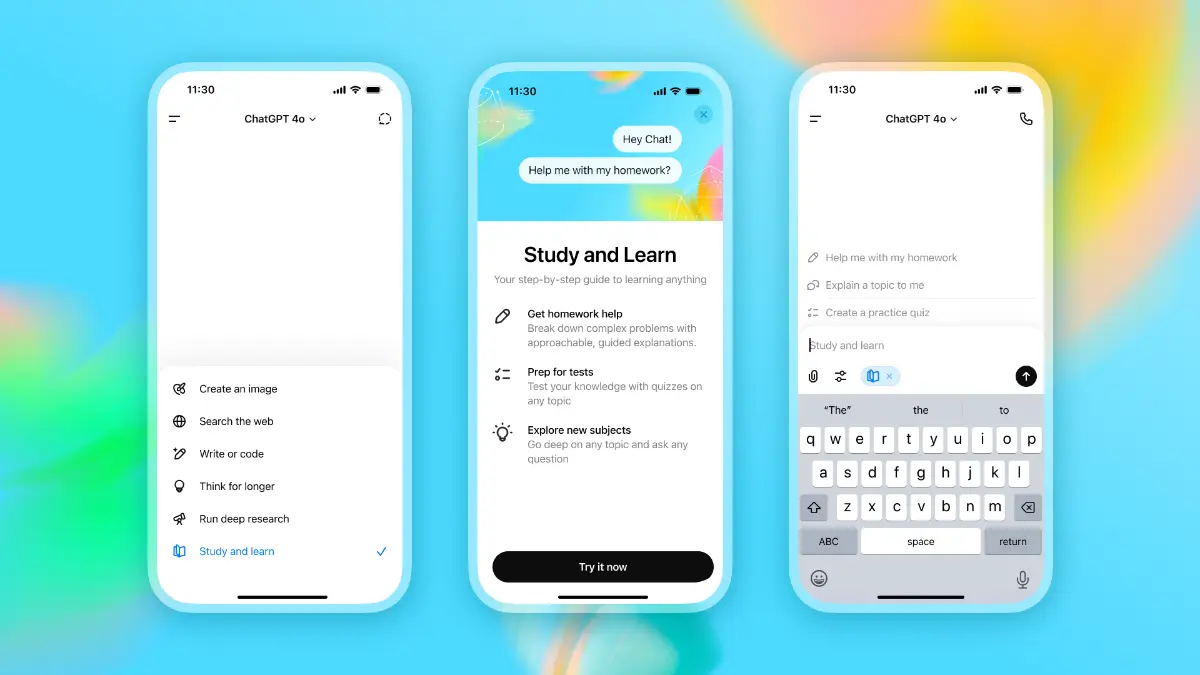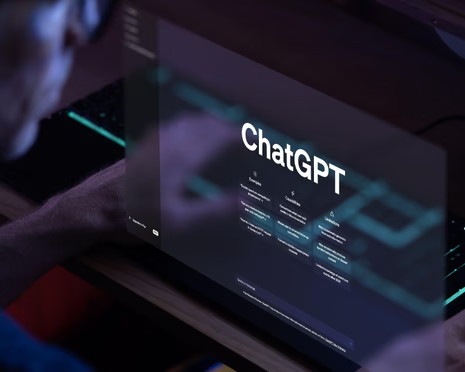In a landmark move to address the growing concern of AI-enabled academic dishonesty, OpenAI has unveiled a new feature within ChatGPT - Study Mode. Designed to foster genuine learning and discourage misuse of generative AI in educational settings, this tool marks a significant evolution in how students, educators, and institutions can engage with AI responsibly.
What Is Study Mode?
Accessible via the ChatGPT interface as "Study and Learn," Study Mode shifts the platform’s function from simply answering queries to becoming a personalized, interactive tutor. Instead of directly offering solutions, the mode uses Socratic questioning, targeted hints, and reflection-based prompts to help students arrive at answers themselves. It’s built on pedagogical techniques that prioritize deeper understanding, active engagement, and long-term retention.
This approach makes ChatGPT a collaborative learning partner guiding users step-by-step through complex problems while challenging them to think critically and reflect on their reasoning process. By doing so, it aims to promote intellectual independence rather than reliance on automated outputs.
Why Was Study Mode Introduced?
The educational world has seen a marked shift in student behavior with the rise of generative AI tools. In the 2023-2024 academic year alone, several universities reported significant increases in academic integrity violations tied to AI use. A UK-based survey highlighted an alarming spike in cheating cases, while OpenAI's internal data suggests that over one-third of U.S. college-age adults use ChatGPT, many of them for homework and academic tasks.
These developments prompted calls from educators for AI companies to take more active responsibility. Study Mode is OpenAI’s response, an effort to reframe AI as an aid to authentic learning rather than a shortcut through it.
How Does Study Mode Work?
When students enable Study Mode, ChatGPT asks them about their familiarity with the subject, their goals, and how they prefer to approach the material. This information helps tailor the interaction to the learner’s specific needs.
As the conversation progresses, the tool guides the student through a problem-solving process, stopping frequently to ask clarifying questions, correct misunderstandings, or offer subtle guidance. It deliberately avoids providing complete answers upfront, focusing instead on nurturing the student's ability to think through problems logically and creatively.
Another noteworthy feature is its ability to process images such as scanned homework or test papers allowing for the analysis of diagrams, handwritten work, and visual explanations. The system then adapts its responses to match the visual input with relevant learning techniques.

Can Study Mode Prevent Cheating?
While Study Mode is a robust step in the right direction, OpenAI acknowledges it is not a foolproof solution. Students determined to exploit AI tools can still bypass the feature by switching to standard ChatGPT settings. This highlights the broader reality: technology alone cannot fully police ethical learning.
Experts agree that combating AI-assisted cheating requires a multi-faceted approach including institutional policy reform, redesigned assessments, teacher training, and clearer boundaries around responsible AI use. Study Mode’s primary strength lies in nudging students toward engagement and comprehension rather than mechanical completion of tasks.
It is a supportive framework that encourages students to pause, reflect, and ultimately understand the material they’re working with, even if it can’t eliminate misuse altogether.
Who Can Use It?
Study Mode is available to all logged-in users of ChatGPT, including those on Free, Plus, Pro, and Team plans. It will also be a core part of the upcoming ChatGPT Edu platform, which OpenAI is rolling out in partnership with universities and colleges to offer administrative oversight and customization for institutional use.
This expansion suggests OpenAI's broader ambition: to embed AI into the education system as a constructive, teacher-aligned tool, not as an unregulated digital cheat sheet.
Looking Forward
Study Mode reflects OpenAI’s increasing willingness to collaborate with educators, academic experts, and policymakers to shape the future of learning in an AI-driven world. The feature was developed through consultation with teachers and education researchers, and the company plans to refine it further through ongoing feedback and real-world classroom studies.
In a time when technology often threatens to outpace pedagogy, Study Mode offers a glimpse into a more balanced future where AI doesn't replace student effort but amplifies the learning process. It’s an invitation for students to engage more deeply, and for educators to reimagine how AI can be aligned with the values of integrity, mastery, and curiosity.
By turning ChatGPT into a thinking partner rather than an answer machine, OpenAI may have taken one of its most important steps yet in making AI a force for good in education.


Discussion
Start the conversation
No comments yet
Be the first to share your thoughts on this article. Your insights could spark an interesting discussion!